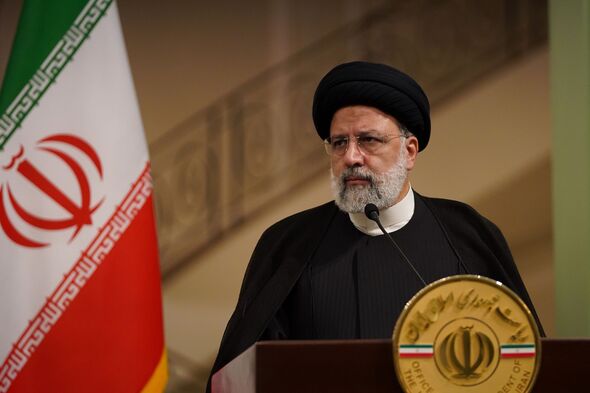Iranian President Ebrahim Raisi, 63, was confirmed dead on Monday morning after reports of his helicopter crashing sparked an hours-long search across the East Azerbaijan region of Iran.
Who is Ebrahim Raisi?
A protégé of Supreme Leader Ali Khamenei, Raisi rose through the ranks of the Islamic Republic’s judiciary and ultimately came to control it before turning his focus to the presidential seat.
Born in December 1960, Raisi held different positions across Iran’s judicial system including Attorney General between 2014 and 2016.
He ran for the presidential office for the first time in 2017 as the lead candidate of the conservative Popular Front of Islamic Revolution Forces but lost to moderate incumbent Hassan Rouhani.
Raisi ran for a second time in 2021 in what international observers described as a rigged election.
How did he rise to power?
Raisi came to power in a vote carefully managed by Supreme Leader Ayatollah Ali Khamenei to clear any major opposition candidate.
His election came at a time when relations between Tehran and Washington were particularly tense following US President Donald Trump‘s 2018 decision to unilaterally withdraw America from a nuclear deal aimed at limiting Iran’s uranium enrichment in exchange for sanctions relief.
While Raisi said he wanted to rejoin the deal with world powers, his new administration instead pushed back against international inspections of nuclear facilities, in part over an alleged sabotage campaign that Tehran blamed on Israel.
Talks to restore the accord remained stalled in his government’s first months.
Why was he nicknamed the Butcher of Tehran?
He helped oversee the mass executions of thousands in 1988 – a massacre that ultimately earned him the nickname of “Butcher of Teheran.”
Asked about his role in the mass executions as he ran for election in 2021, Raisi remained defiant.
The executions, which saw sham retrials of political prisoners, militants, and others, would become known as “death commissions” at the end of the bloody Iran-Iraq war.
After Iran’s then-Supreme Leader Ayatollah Ruhollah Khomeini accepted a UN-brokered cease-fire, members of the Iranian opposition group Mujahedeen-e-Khalq, heavily armed by Saddam Hussein, stormed across the Iranian border from Iraq in a surprise attack. Iran blunted their assault.
The trials began around that time, with defendants asked to identify themselves.
Those who responded “mujahedeen” were sent to their deaths, while others were questioned about their willingness to “clear minefields for the army of the Islamic Republic,” according to a 1990 Amnesty International report.
International rights groups estimate that as many as 5,000 people were executed. Raisi served on the commissions.
The US Treasury in 2019 sanctioned Raisi “for his administrative oversight over the executions of individuals who were juveniles at the time of their crime and the torture and other cruel, inhuman, or degrading treatment or punishment of prisoners in Iran, including amputations.” It also mentioned his involvement in the 1988 executions.
How did he die?
Raisi and the country’s Foreign Minister Hossein Amirabdollahian were found dead on May 20, hours after their helicopter crashed in a foggy, mountainous region of the country’s northwest, state media reported.
The helicopter also carried the governor of Iran’s East Azerbaijan province, a senior cleric from Tabriz, three crew members, and a Revolutionary Guard official, the state-run IRNA news agency reported.
IRNA said the crash killed eight people in all, including three crew members, aboard the Bell helicopter, which Iran purchased in the early 2000s.
Aircraft in Iran face a shortage of parts, often flying without safety checks against the backdrop of Western sanctions.
Because of that, former Iranian Foreign Minister Mohammad Javad Zarif sought to blame the United States for the crash in an interview Monday.
